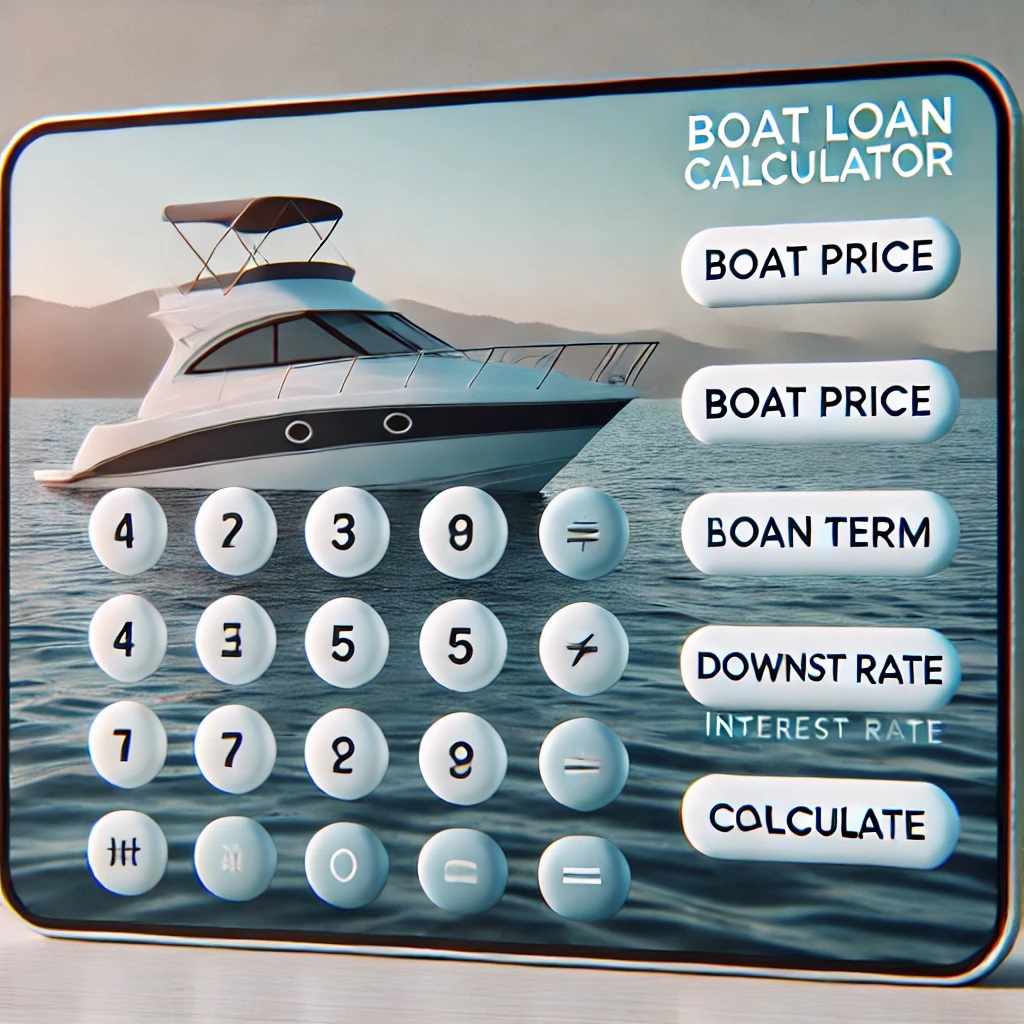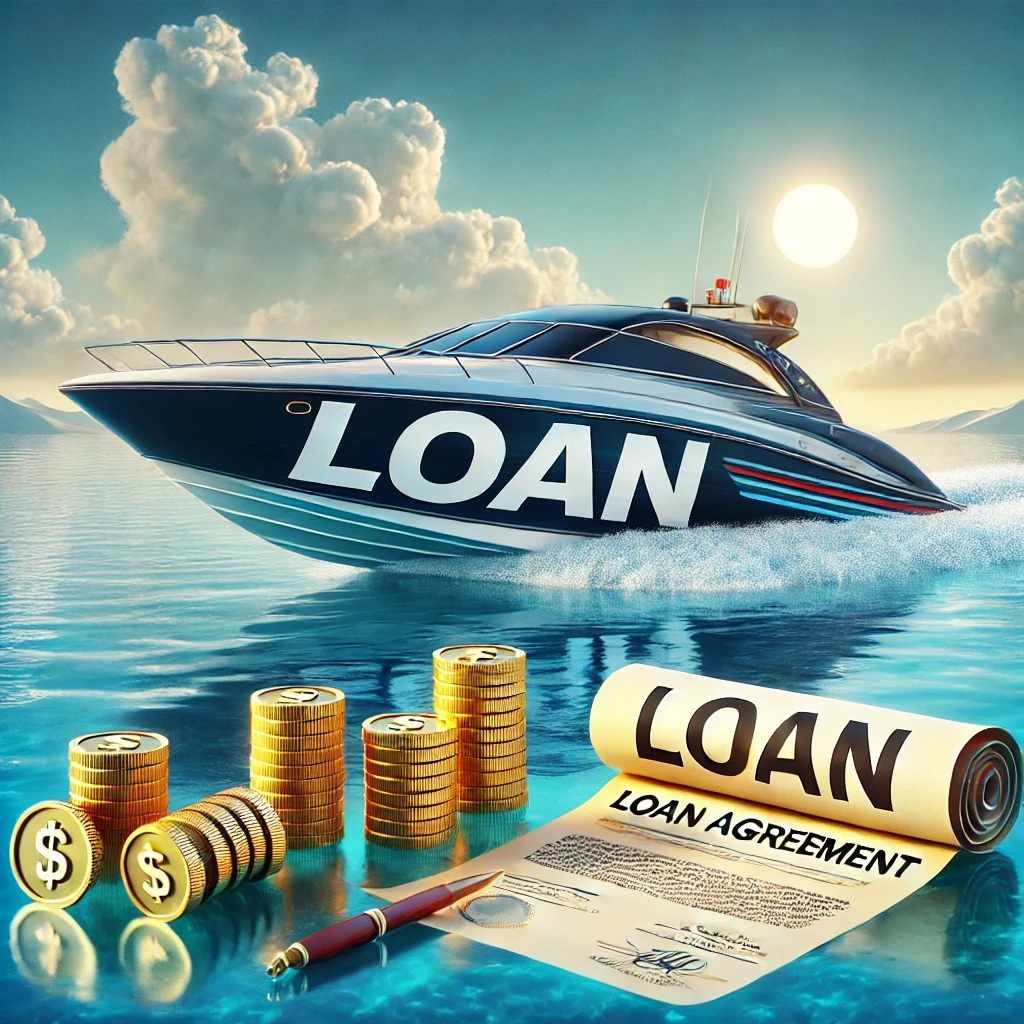
Introduction
In Ontario, used boat financing is an excellent way to spread the cost of purchasing a pre-owned vessel. Various lenders offer competitive rates, loan terms, and requirements, so it’s essential to understand the financing process to secure the best deal.
This article will cover the necessary steps for applying for used boat financing, from checking eligibility to finalizing your loan agreement. Whether you're a first-time used boat financing ontario buyer or an experienced mariner, knowing what to expect during the application process is key to getting approved and navigating your loan repayment smoothly.
Steps to Apply for Used Boat Financing in Ontario
1. Evaluate Your Financial Situation
Before you start shopping for a used boat or applying for financing, take a close look at your financial situation. Understand your credit score, income, debt-to-income ratio, and available savings for a down payment. Lenders will evaluate these factors to determine your eligibility for a loan and the interest rate they offer.
Credit Score: Generally, a higher credit score will help you secure a lower interest rate. Scores in the range of 700 and above are considered excellent and typically attract favorable terms.
Debt-to-Income Ratio: Lenders use this ratio to assess how much of your income goes toward existing debts. A lower ratio indicates that you have more room in your budget to manage the new boat loan.
Down Payment: A larger down payment can reduce the loan amount and lower the interest rate, improving your chances of approval.
2. Determine the Type of Boat You Want to Finance
Decide on the specific used boat you want to purchase. While this may seem obvious, knowing the exact make, model, year, and condition of the boat will help when applying for financing. Lenders may have different requirements for different types of boats (e.g., yachts vs. smaller recreational boats). It’s also important to research the boat's market value to understand how much you should finance.
Boat Value: The price of the boat will directly influence your loan amount. Lenders may be hesitant to finance boats that are older than 10 years or have an uncertain market value.
Condition: Boats in better condition will generally secure more favorable financing terms. Lenders may require an appraisal for high-value boats.
3. Shop Around for Lenders
Now that you have a clear idea of your financial situation and the boat you want, it’s time to explore different lending options. In Ontario, you can approach banks, credit unions, online lenders, or boat dealerships that offer financing through third-party lenders.
Traditional Banks: Major banks typically offer competitive interest rates, but they may have stricter lending criteria. They might also require more paperwork and time to process your application.
Credit Unions: Credit unions can be a good alternative to traditional banks. They often offer more personalized service, lower fees, and flexible loan terms.
Online Lenders: Online lenders may offer faster approval times and competitive interest rates, but it's important to check their credibility and terms before committing.
Boat Dealerships: Many boat dealers have partnerships with lenders and can offer financing through their networks. However, always compare rates and terms to ensure you’re getting a good deal.
4. Prepare Required Documents
To streamline the application process, gather all the necessary documents beforehand. Common documentation required for used boat financing in Ontario includes:
Proof of Identity: Valid government-issued ID such as a driver’s license or passport.
Proof of Income: Pay stubs, tax returns, or bank statements that show your income and employment status.
Credit History: Lenders will check your credit score and may request more details about your credit history.
Boat Information: Details about the used boat you want to finance, including its make, model, year, and serial number. You may also need a bill of sale or an appraisal.
5. Submit Your Application
Once you’ve chosen a lender and gathered your documents, the next step is to submit your application. Many lenders offer online applications that are quick and easy to complete. Be prepared to answer questions about your financial situation, the boat you plan to purchase, and the loan amount you’re requesting. Some lenders may require additional documentation or an in-person visit.
Loan Amount: Specify the loan amount you wish to borrow, keeping in mind that it should cover the cost of the boat, taxes, and any associated fees.
Loan Term: Select a loan term that suits your budget. A shorter term will result in higher monthly payments but lower interest costs, while a longer term will lower your payments but increase the total interest paid over time.
6. Wait for Approval
Once your application is submitted, the lender will review your financial documents and credit history. Approval times vary depending on the lender and the complexity of your application. Some online lenders can approve loans within hours, while banks or credit unions might take a few business days.
Pre-Approval: Some lenders offer pre-approval, which gives you an idea of the loan amount and interest rate you qualify for before you start shopping for a boat.
Approval and Offer: If approved, the lender will make a formal loan offer with specific terms, including the interest rate, loan amount, and repayment schedule.
7. Review and Sign the Loan Agreement
Once you receive the loan offer, review the terms carefully. Pay attention to the interest rate, loan term, any fees, and the repayment schedule. If everything looks good, sign the loan agreement. Be sure to ask about any early repayment penalties, prepayment options, and insurance requirements.
8. Finalize the Purchase
After signing the loan agreement, you can proceed with purchasing the used boat. The lender will typically send the funds directly to the boat seller or dealership. Once the transaction is completed, the boat is yours to enjoy!
Conclusion
Used boat financing in Ontario is a straightforward process, but understanding the steps involved will help you secure the best deal possible. By assessing your financial situation, shopping around for lenders, and preparing all necessary documents, you can streamline the application process and obtain the financing you need to purchase a used boat. Whether you’re financing a small boat or a larger vessel, following these steps will ensure that you’re well-prepared for a smooth and successful purchase.
Frequently Asked Questions (FAQ)
1. Can I finance a used boat in Ontario with bad credit?
Yes, it’s possible to finance a used boat with bad credit, but expect higher interest rates. Consider working with credit unions or specialized lenders that cater to borrowers with less-than-perfect credit.
2. How much can I finance for a used boat in Ontario?
The amount you can finance depends on the value of the boat, your creditworthiness, and the lender’s policies. Generally, lenders will finance up to 80% of the boat's value.
3. What is the typical loan term for used boat financing in Ontario?
The loan term for used boat financing typically ranges from 3 to 15 years, depending on the loan amount and lender.
4. Do I need a down payment for used boat financing in Ontario?
Yes, most lenders require a down payment, typically between 10% and 20% of the boat’s purchase price.
5. Can I get approved for used boat financing online in Ontario?
Yes, many online lenders in Ontario offer quick and convenient used boat financing. Just ensure you choose a reputable lender.
6. Are there any fees associated with used boat financing in Ontario?
Yes, some lenders may charge processing fees, loan origination fees, or late payment fees. Always review the terms and conditions carefully.
7. How long does it take to get approved for used boat financing in Ontario?
Approval times can vary, but online lenders may offer instant approval, while banks and credit unions may take a few days to review your application.
8. Can I refinance my used boat loan in Ontario?
Yes, if you have a boat loan, you can refinance it to potentially lower your interest rate or adjust your loan term.







![🚤 Boat License Alberta: Cost, Fees, and Processing Time [2025 Guide]](https://sk0.blr1.cdn.digitaloceanspaces.com/sites/442687/posts/995564/boatloancalculator7.jpg)







Write a comment ...